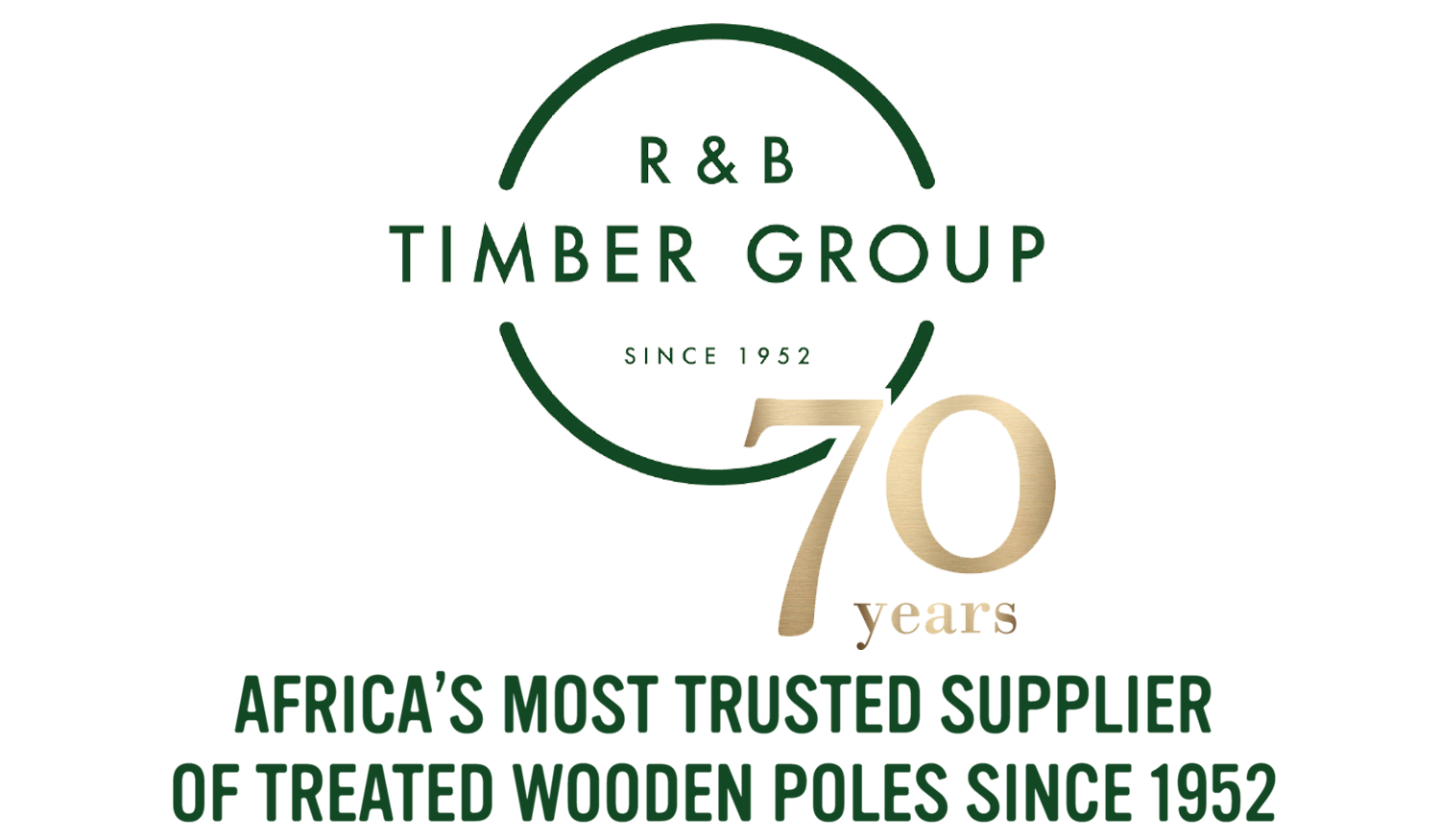BUILDING TIMBER HOMES IN SOUTH AFRICA
South African properties are most commonly associated with brick and mortar, though many new designs - or extensions to existing properties - have embraced building with timber.
Timber homes, while not as common as their brick and mortar counterparts, often great benefits to homeowners and are neither as costly to maintain, or expensive to build as you might think!
While South African planning authorities have the right to preclude the construction of a timber frame house due to aesthetic reasons - such as if a planned development requires a particular design style - timber homes have seen ready adoption in a number of communities across the country.
What are 'timber frames'?
Timber framing, or platform framing, is a design method where timber walls are either manufactured on-site, or are pre-manufactured into panels, and are then raised and fitting onto a floor platform of a building. In the case of a double-story building, a second platform then rests atop the assembled frames.
A timber frame can also be clad in a number of ways to belie the wooden finish underneath. For example, fibre-cement building plants can be affixed on top of the structure and then plastered to a cement finish. Further, internal cladding can be smooth or panelled to a variety of finishes, or simply left to resemble a solid log home.
‘Timber frames’, then, are either typically used when constructing a new installation, or can also be used, where authorities permit, to extend an existing brick-and-mortar design - such as when adding a second story.
How do the costs of a timber home compare with brick and mortar?
Timber homes are surprisingly affordable compared to brick and mortar constructions, and where savvy designers can incorporate modern design practises such as open-plan living areas, it is possible to save on construction costs.
The major benefit of employing timber frame construction is that the work of building and completing the structure itself takes far less time compared to a ‘traditional’ brick and mortar site - meaning that it is entirely possible to save on construction fees.
Many costs, however, will be similar to the expense of building a brick-and-mortar home given that new construction sites will need to be connected to public utilities such as water and electricity.
For this reason, homeowners may find that, when considering an extension to an existing property, a timber frame construction may be an ideal and cost-efficient way to upgrade and enhance an existing property.
Can I apply for insurance with a timber home?
Timber frame homes are eligible for insurance in South Africa, however, the mixture of construction methods used to build them - such as the choice of roofing or the type of treated wood used to assemble the frame itself - may mean that a monthly premium may be more expensive when compared to standard construction.
This difference is largely due to the fire risk inherent in owning a timber home, which your insurer may or may not deem high risk. Using specially treated timber materials and meeting South African Building Standards (SABS) can help reduce this cost.
It is important to note that a well-constructed timber home will have a 30-minute fire rating which is the equivalent offered by a standard brick and mortar house.
Are timber homes adaptable?
Timber frame homes are far easier to renovate, extend, or enclose compared to standard constructions and are a favourite for homeowners seeking to build second stories on their properties or adding new rooms - whether internal or external.
Is it faster to build a timber home?
Timber homes are far faster to construct compared to their standard counterparts thanks to the fact that, generally, walls and surface areas can be readily assembled or arrive pre-assembled on-site, and can be rapidly installed and affixed to their desired position.
In the event that a timber home will not need to be clad, time is saved thanks to the fact that no cement or plaster will need to cure, and designs can be quickly tailored to offer access to public utilities.
For this reason, timber homes are a great choice for those requiring a quick construction time.
What materials should I consider?
When building a timber home, it’s important to remember that wood is not as inherently reliable when compared to brick and mortar due to the fact that wood can attract pests and can require treatment.
Constructing a timber home out of treated wood is essential, as not only will this ensure the longevity of a building but will further conform to South African building standards. Treated wooden homes have a number of benefits, such as being resistant to pests such as insects as well as fungus, and being sufficiently fire-retardant.
How long do timber frame homes last?
A well-treated and preserved timber frame home that is built in accordance with local rules and regulations can last indefinitely so long as exposed timber is treated and maintained as necessary. However, there are several considerations that one should keep in mind.
One of the most common difficulties facing timber frame owners is that bathroom areas are far more likely to attract mould, which can ruin plumbing works - such as sinks or baths - can further crack and warp tiles, where placed.
For this reason, timber home manufacturers often recommend the use of enclosed bathing spaces such as a shower cubicle to avert this problem.
Treated surfaces can extend the life of a timber frame home, and prevent damage due to pests, fungus, harsh sunlight or even fire to the same efficacy and extent that brick and mortar homes enjoy.
